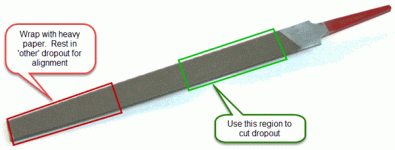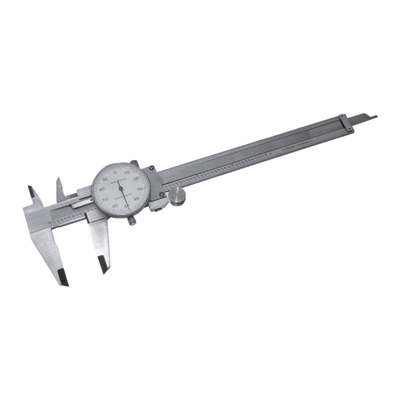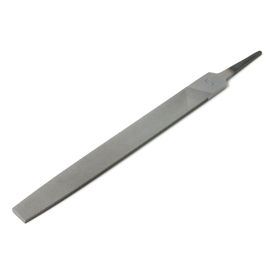What he said.
Careful marking ahead of time is important to ensure both sides come out the same and the wheel remains properly aligned. Normally, I'd recommend getting a spare axle from EM3EV for $12 when you order the motor - makes a handy tool for fitting the slots. Without that in hand, fit the motor every few file strokes to ensure the slots actually line up and one isn't rotated from the other - it's more than just the width that needs to be right.
I like to use a longish flat file and wrap the end away from the handle with a couple of turns of heavy paper taped in place so it's smooth (or light cereal box cardboard, etc - you get the idea). That 'no file end' of the file can be placed in the opposite dropout without cutting so you can file the closer dropout near the handle and the slot will be parallel instead of cockeyed (must be straight side-to-side as well as not rotated axially) - just hold the file flat up against the front or rear of both slots when you stroke it. Takes a lot of the guesswork out by using the bike as a filing jig.

Do not use a Dremel tool - it's a tool for fast small radius cuts, not long flat/parallel surfaces.
This is one of those jobs where patience and a little craftsmanship pay off - you don't need a motor to remove a tiny bit of aluminum.
In the end, if you get a little slop, don't worry too much - your torque arms will take the rotational load. Since you have a MAC with no regen, just clock them around as far as possible in the direction of wheel rotation before you bolt them up so they will take the twist before the axle brings force to bear on the aluminum frame (the motor will try to twist the axle counter to wheel rotation). I put an adjustable wrench snugly on the opposite side axle flats and load the axle slightly in the direction of wheel rotation when clocking the first TA and tightening down the first axle nut...
MACs don't have much shoulder to the shaft, so it's a good plan to put a washer in there so the shoulder doesn't sink into the aluminum dropout and force it open. The washer needs to fit into the flat part of any circular depression in the inside of your dropout (if there is one) - that is - not too large in diameter. You can use a pre-made spacer (example:
Spacer from Grin Tech) or get a hardware store 12mm (or equivalent SAE) washer and enlarge the hole just a bit (in a kind of enlongated way) so it just fits the threaded part of the shaft (14mm washers are too sloppy to pick up the shoulder very well).








